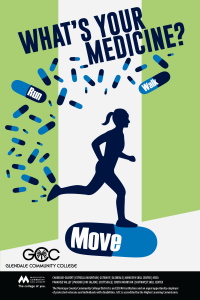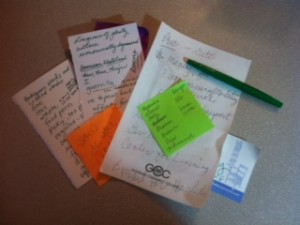This week is the first time in my academic career that I have officially felt I am having difficulty connecting with my students. I am in my 19th year as a college professor, having started at 27 years old. I remember starting out, fresh out of graduate school. I was frequently mistaken for a student by faculty members who did not know me. I was able to easily connect with the students as I could relate to much of what they were going through. I longed to be respected by my peers, most of whom were older than I was. I sometimes wished I were older because I believed that if I were older, people would respect me and question me less.
Fast forward to this past week. In my 19 year career I have never been more challenged by students. The students in my classes today question me more than ever, and I don’t understand why. I saw them as disrespectful, as entitled, and as rude. I wondered why they felt the need to verbally share everything they know about a topic as though I am not going to cover the topic well enough if they don’t. I wondered why they act as though the are the authority on everything, as though I am not the person to cover the topics. I even wondered if I was in the right profession anymore. I started talking to my colleagues and found that many of them were feeling something similar, though maybe not as pronounced as I was. It was then that I realized that part of the problem was that I had spent a long time becoming a professor, and preparing myself for class every day, and maybe my feelings were hurt. I felt I was at a crossroads in my career, feeling disconnected from my students.
For the last few days I have been thinking about this, and I have come to the conclusion that I need to re-think my beliefs about my students and my role as their professor. The truth is, they do have the ability to find all the information I share with them on their own. With access to Google they can pretty much cover it all. What I need to do is make sure I am focused as a professor on giving them skills that Google can’t give them. I can teach them to think like a scientist. I can teach them to be critical consumers of information (so I guess I should be happy they question me?), and I can teach them about integrity and professional responsibility. Maybe teaching the content is becoming a smaller and smaller part of what I do.
The problem is not that the students are different, the problem is figuring out how to change what I do so that I can be fulfilled by my job and give them what they need. I am not one to engage in edutainment, I am pretty old school when it comes to teaching and I doubt that is going to change significantly. I need to connect what I can offer to what my students need. If I can do that I can continue to do what I do at a high level and enjoy it. Something for us all to think about.




